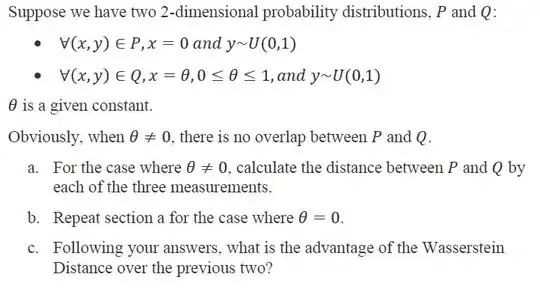I have 5 different samples(P1,P2,P3,P4 and P5) with 4 replicates(a,b,c,d).I did paired t-tests with the null hypothesis that there is no significant difference when compared to the control group at p=0.05.
After the t-tests, I performed Holm-Bonferroni correction for one sample at a time(considering 4 replicates of each sample at a time) to adjust the p-values. This resulted in the table of values as shown in the figure. Do I reject the null hypothesis based on the adjusted p-values when p <0.05(or can say the difference is significant)?
